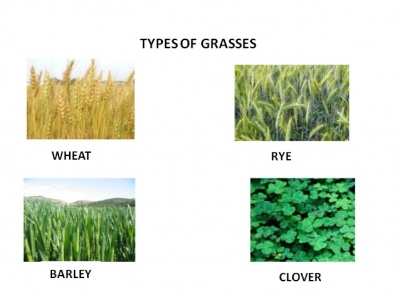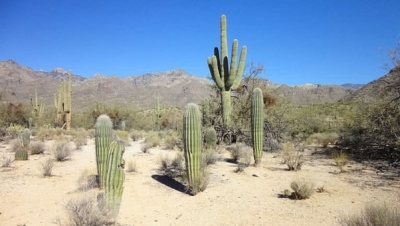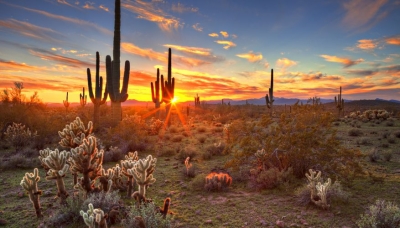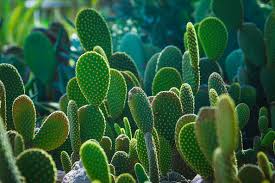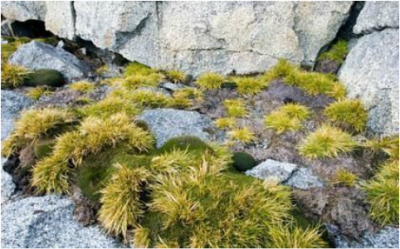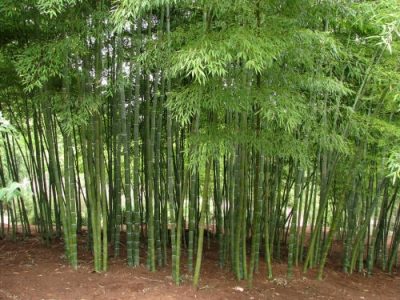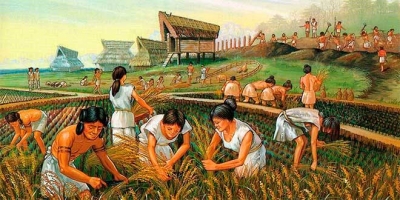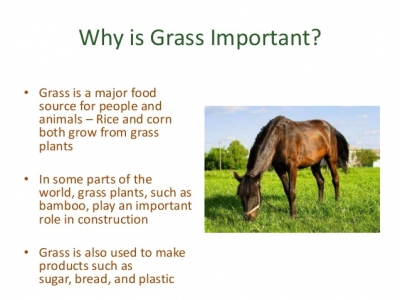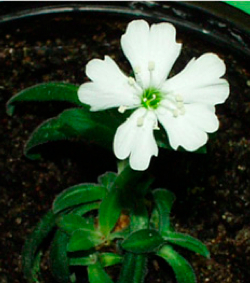What are the major grasses cultivated for food grains?
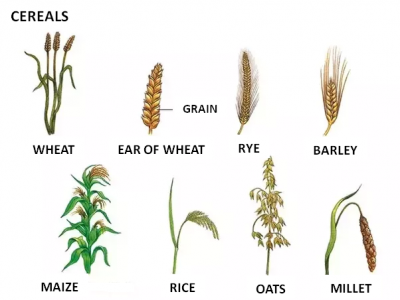
The first cereal to be cultivated by Man was wheat. It was probably grown first in Mesopotamia about 6,000 years ago. It later spread to China, Egypt and Europe. In the past 100 years, we have developed many kinds of wheat for different climates.
Today, Man grows wheat more than other grain. Various kinds of food items are made out of wheat. The grain can be stored for years if it is kept dry. Wheat straws used as cattle feed and bedding for livestock. It is also used as fertilizer.
Rice, the second most important grain in the world, grows best in warm, humid regions. Most kinds of rice plants grow in about 10 centimetres of water for much of the growing season. Therefore, the field has to be flooded until the harvest time. Rice is also used for the production of glue, sugar, starch and wine in many parts of Asia. In Japan and China, rice straw is used for making paper.
Corn or maize is another important grain. It is used for the manufacture of corn oil, corn syrup, and kind of sugar called dextrose. Oats, rye, and barley are also important grains. Oats is made into oatmeal, a popular cereal food. The stalk and the grain of oats are used as food for livestock as well.
Rye is a common grain in Northern Europe and Russia. Rye is primarily used as livestock feed. However, people used it for making bread too. Barely, another important grain, is grown for food and for cattle feed. It is also used for brewing beer. Several cereal grasses are together called by the name millet. Millets too are an important food for millions of people across the globe.
Picture Credit : Google
